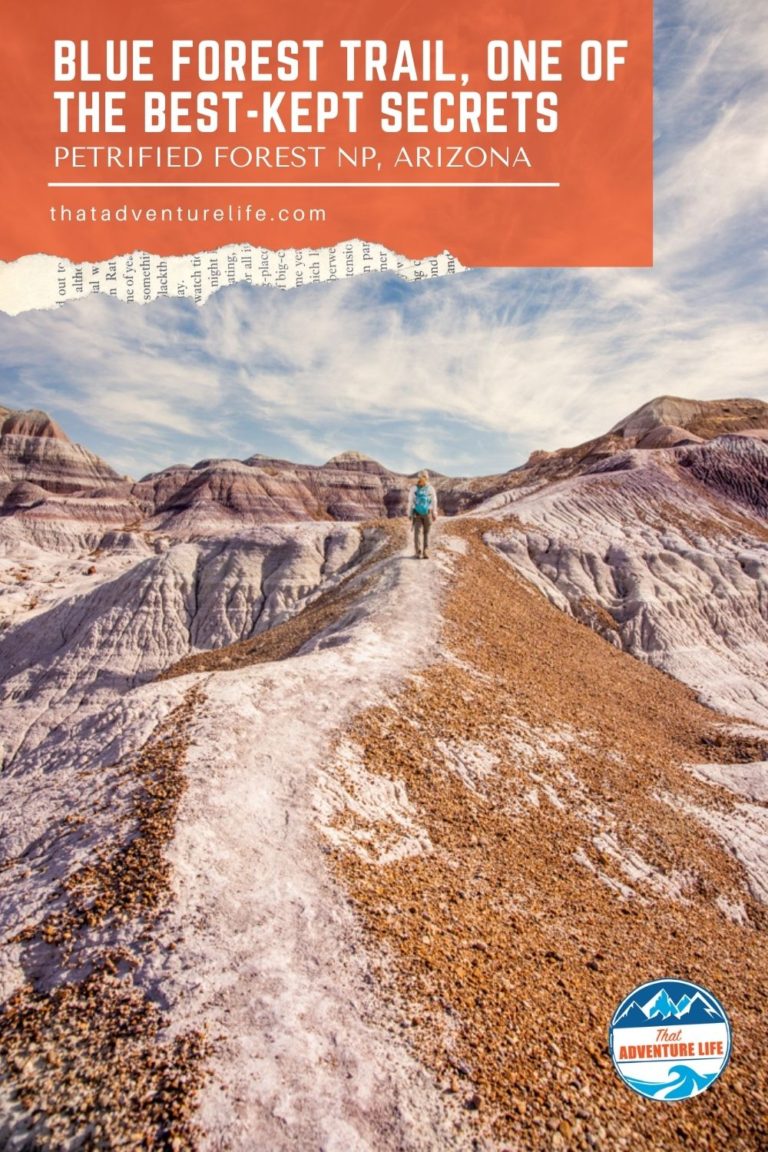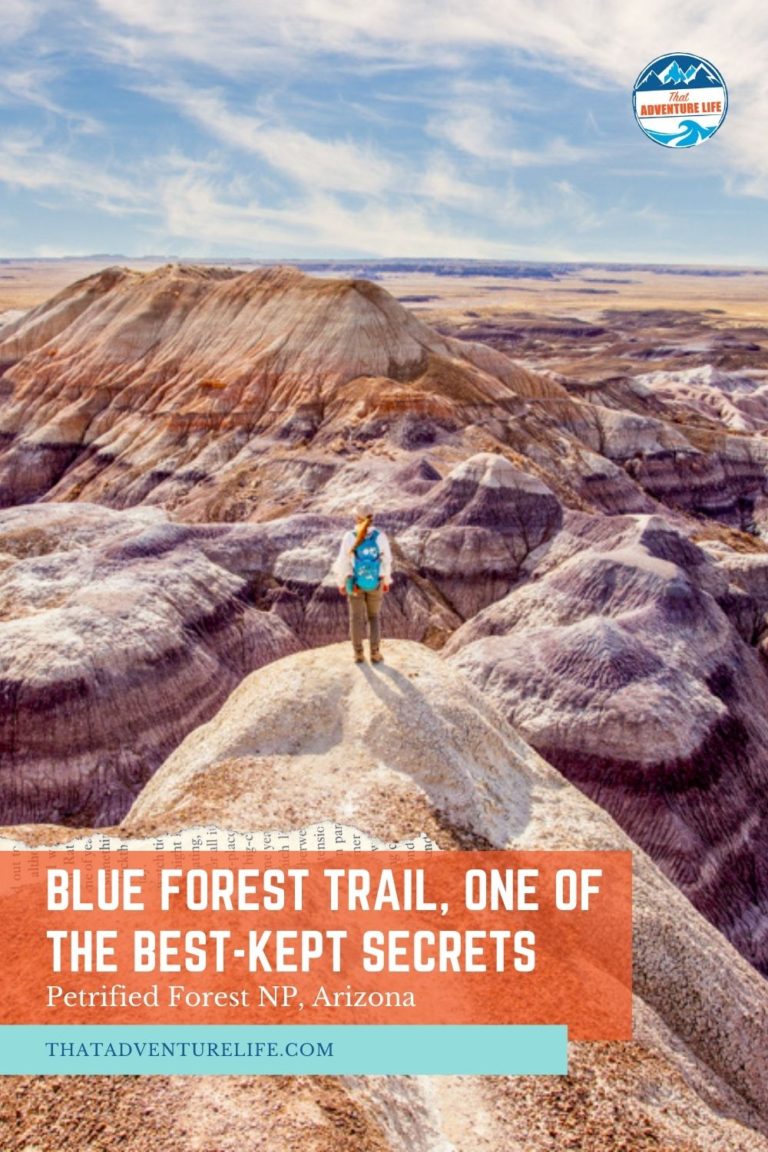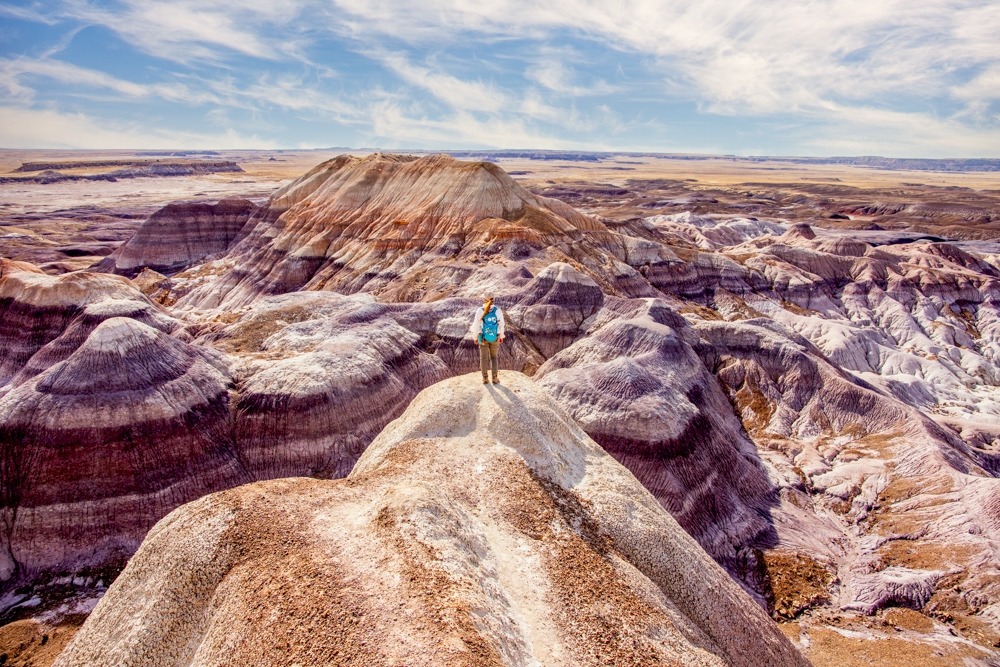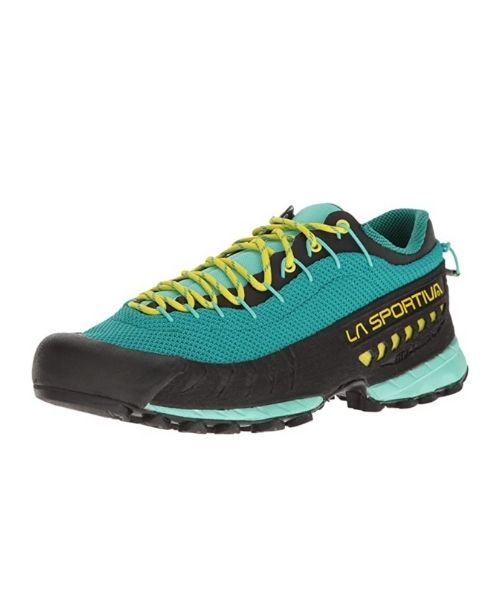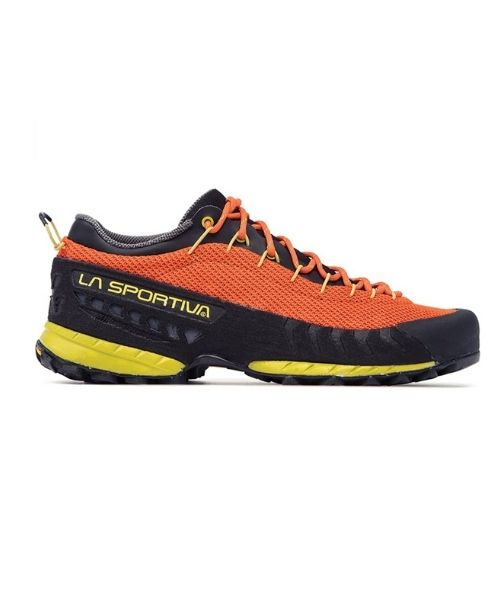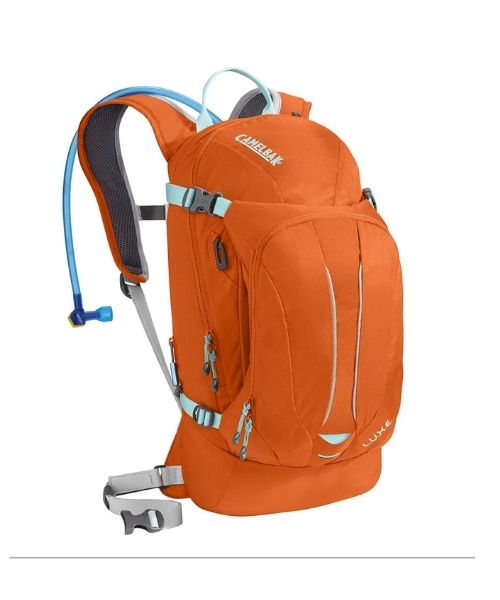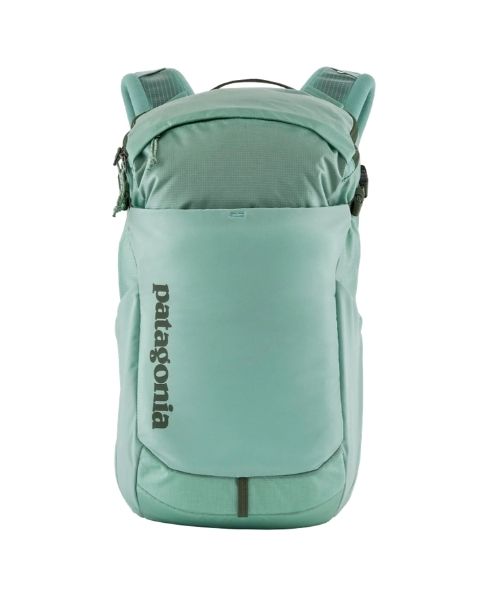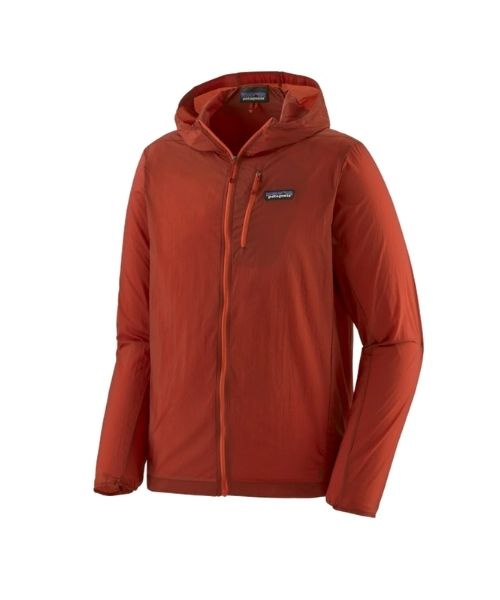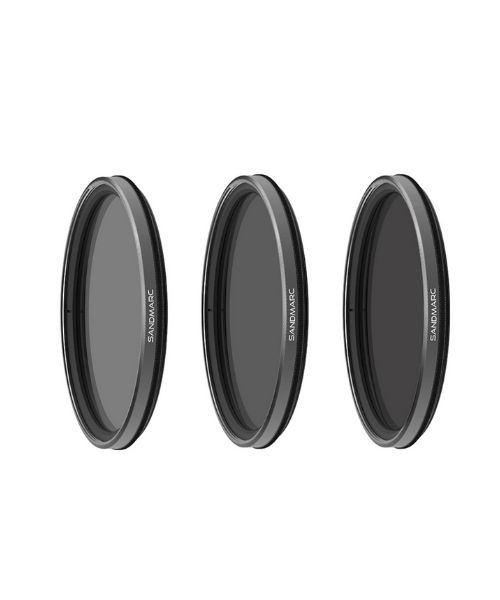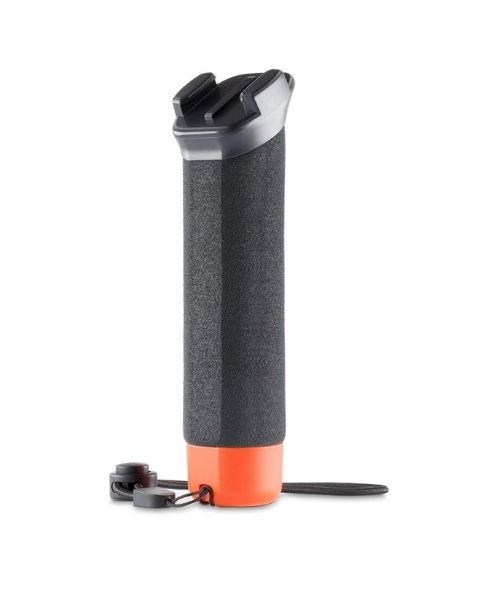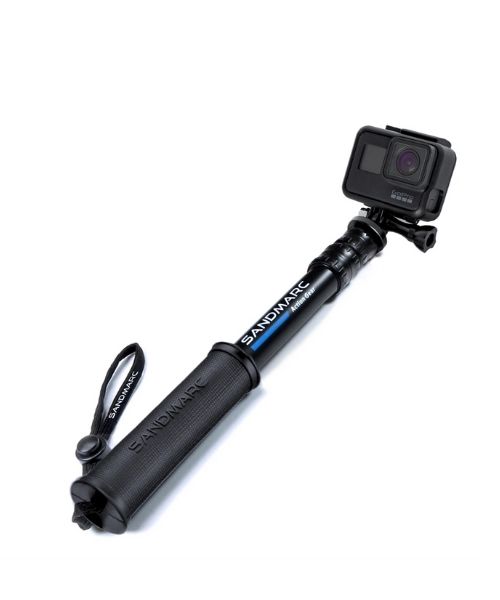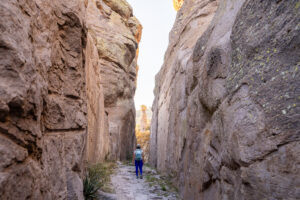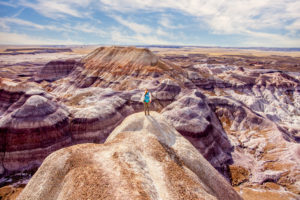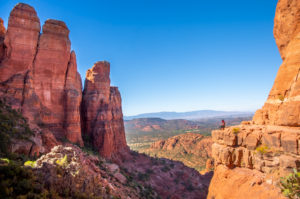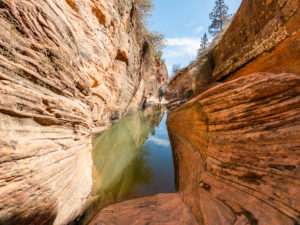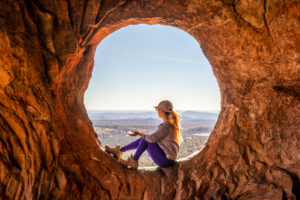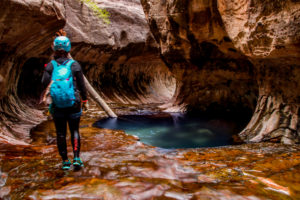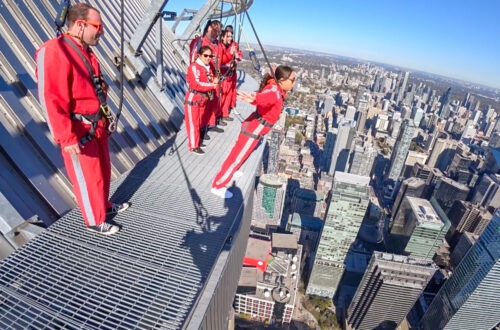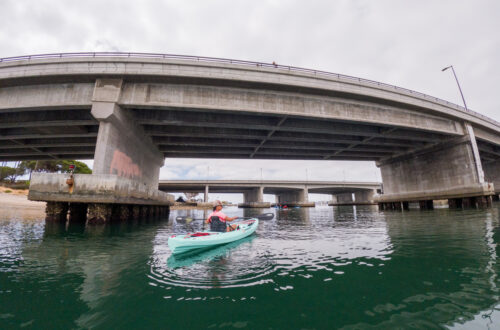It is surprising that Blue Forest Trail in Petrified Forest National Park isn’t considered to be one of its main attractions. Since it is a backcountry trail, not many people know about it. There is no paved trail and very minimal signages. However, if you’re adventurous enough to attempt this hike, you’ll be rewarded with an intimate view of the colorful hills of badland, petrified woods, and an unforgettable adventure. And if you prefer, you can also connect the Blue Forest trail with the beautiful, established Blue Mesa trail for a longer hike. Also, you will be exploring 3 million years of history just in this short hike.
Note: It is illegal to remove petrified woods or any other materials from the park. Please do not collect or take home pieces of the wood from the National Park. Please make sure to respect this beautiful place and the surrounding areas. Always practice LEAVE NO TRACE. This means no loud music, no graffiti, no taking artifacts or fossilized items, and pack out what you pack in! Please help us protect this place for generations to come!
Stats
Where
Blue Forest Trailhead
N 34º56’34.9” W 109º46’39.8”
Parking
There is a pull out on the side of the road, not too far from the trailhead.
Restroom
There is no restroom
Fee
There is a fee to enter the Petrified Forest National Park. Please check the park’s website for updated infos. You can also use your America the Beautiful Pass here.
Important Things
Petrified Forest National Park opens year round, except November 25 and December 25. Park hours are 8am to 5pm. The gate actually closes at 5pm.
Distance
About 3 miles (4.8 km) R.T.
Elevation Gain
200 ft (61 m)
Level
Moderate. Some navigation skills are required.
Time:
2-3 hours
Pet-friendly
You can bring your pet, but they have to be on leashed.
Ideal Time
Falls, Winters or Springs. Summer can be very warm. Mornings, evenings or cloudy days give the best light. The colorful hills tend to “pop” more during these times.
Weather
Video
Quick History About the Blue Forest Trail
One interesting thing about the Blue Forest Trail is that it has some history. Certain websites actually refer to it as the “Historic Blue Forest Trail”. Its history took place between 1934 and 1937 when the Civilian Conservation Corps (CCC) built the gravel road that you will walk on for the first half mile (and last half mile) of the hike. The road was used to connect Lower and Upper Blue Mesa Road. This lasted until 1955 when the road was closed and replaced by the Blue Mesa Loop Trail. It stayed closed all the way up to 2013 when it was reopened for hikers that were looking for more than paved trails that most other hikes in the park have to offer. The history of the gravel road isn’t anything too mind-blowing, but sometimes it is fun to know.
The Adventure
Getting to Blue Forest Trail Trailhead
The trailhead for this hike is near the Tepees, right around mile marker 14 on Petrified Forest Road. It is not marked. Just keep a lookout for the gravel road that is on the opposite side of the road from the Tepees. You can use the coordinates that we have above to take you directly to the trailhead. Please note that this gravel road is no longer open to vehicles. Also, the whole Blue Forest trail is exposed. Please make sure to wear a hat and use lots of sunscreens. Going on cooler days helps too.
To the Trail Markers
The first half-mile of the hike is fairly uneventful. It is just a walk down the flat gravel road. Luckily, there are beautiful striped mountains that surround you in pretty much all directions, so you will have something to look at as you stroll along. As you come up near the end of the gravel road, you should be able to see one metal pole sitting in the middle of nowhere. From here, look toward the right where you can see another metal pole tucked into the hillside. Next to this trail marker is a path leading up the side of the hills. This is the last maker that you will encounter on this trail, so be prepared to do a bit of wayfinding. Fortunately, it will be pretty easy to follow the well-packed trail most of the time.
The First Climbing Section
Once we started our climb, the views changed at every turn. The colorful hills become denser and more vibrant. The red and white stripes transition into a beautiful shade of lavender. Believe it or not, the beautiful colors of these hills originated over 200 million years ago! Since most, if not all of this area was underwater, the colors of the bentonite clay are the result of mineral presence and the water levels at the time the sediment was deposited. The grey, green, and blue/purple colors resulted from high water levels depriving carbon and iron minerals of oxygen.
Most of the climbs on this trail are not super steep, so you should be able to climb up with no problem. However, we do recommend wearing shoes with good traction. Some of the climbs have just enough loose dirt to make it a little bit slippery. It is also not advisable to do this hike when it rains or after a big rainfall. The water makes the clay super soft, therefore, you’ll sink in. Soon after you leave the purple hilltop, you will be following the worn trail towards the striped hills that are in front of you. After a short flat section, the climbing will get a bit tougher. Even though it is still quite manageable, you’ll be on a narrow ridge. Therefore, make sure to watch your step.
The Second Climbing Section
As you start on the second climbing section, you will start to see some petrified logs for the first time on this hike. It is nowhere near the amount that you will see on Crystal Forest or Long Logs and Agate house trail. However, it’s still super cool to see. It was funny because the first time we saw the petrified wood on this trail, we thought they were just regular logs. Most of the ones we’ve seen so far looked like colorful stones, while these ones looked just like regular wood.
Why Do These Petrified Wood Look Like Regular Wood?
Normally, the fallen trees are buried under mud, ashes from volcanoes, and other materials. While sealed under these things, the wood was deprived of oxygen, therefore, preventing it from decaying. Over millions of years, mineral silica, along with other minerals seeped into the woods and eventually replaced most of the organic wood. This turns the tree into the stone-like material we called petrified wood.
In some cases, like the one along Blue Forest Trail, the wood has not been completely agatized. They went through a different process called permineralization, where the “woody” structure has been preserved and fossilized. One big characteristic that you are sure to spot is how this wood tends to break along the grain. It almost looks like someone used dynamite on these logs because there were tiny shards of it laying all around the main long. We loved how they sounded when hitting against each other. They sound like the sound of a metal windchime.
Getting to the Juniper Trees
The trail should be quite easy to follow at this point. You should be able to see some small hoodoos on your right side. This is going to be the 2nd biggest hill on the hike. Once you reach the top, you will be treated to gorgeous views of both hills that you just climbed up, as well as a beautiful valley that has a lot of permineralized wood in it. Right at the top, there were several big logs and a ton of smaller chips.
From there, continue along the path up towards 3 juniper trees. The path toward these trees is the steepest and highest climb on this trail. There are also sheer drops on one side. Just before you reach the top of the hill, there is a beautiful viewpoint that gives you a breathtaking view of the surrounding areas, as well as the colorful hills. From the overlook, follow the fairly flat trail over to the 3 small juniper trees.
Getting Down to Blue Mesa Trail
The juniper trees mark the end of the Blue Forest Trail. From here, past the Junipers, you can see the Blue Mesa overlook parking lot. if you want, you can follow the trail down to the Blue Mesa trail. At the junipers, the trail veers to the left and descends onto the paved Blue Mesa path. At this point, the trail switchbacks down the hill and connects to the paved Blue Mesa trail. Make sure to take note of this location because it is much less obvious on the return. We didn’t go down to the Blue Mesa trail but turned back at the juniper trees.
If you’re visiting Petrified Forest National Park, we recommend giving the Blue Forest trail a try. We loved every minute of this trail and can’t wait to go back to explore this hike again, maybe on a cloudy day for better colors.
These are the gear that we personally use and find them helpful for this particular adventure. Don’t forget to check out our Recommended Gear section as well.
adventure gear
This is our favourite hiking shoes. We use them for canyoneering as well. Lots of traction. Vy’s version.
Dustin’s version for La Sportiva shoes
Make sure to use lots of sunscreens! We use eco-friendly, reef-safe sunscreen, Stream2Sea SPF 30.
Face sunscreen is also important. We love these tinted, organic All Good Organic Sunscreen Butter.
You should always bring plenty of water. Vy loves the Camelback L.U.X.E.
For shorter hikes, the Patagonia Women’s Nine Trails Pack 18L is perfect to hold water and your essentials.
If you want something lighter, we love the packable Patagonia Women’s Houdini® Jacket and Patagonia Men’s Houdini® Jacket
other things to bring
Always good to bring some snacks with you. For healthy and easy snacks, check out some of our recipes.
camera gear
Related Posts
Save your pins:

